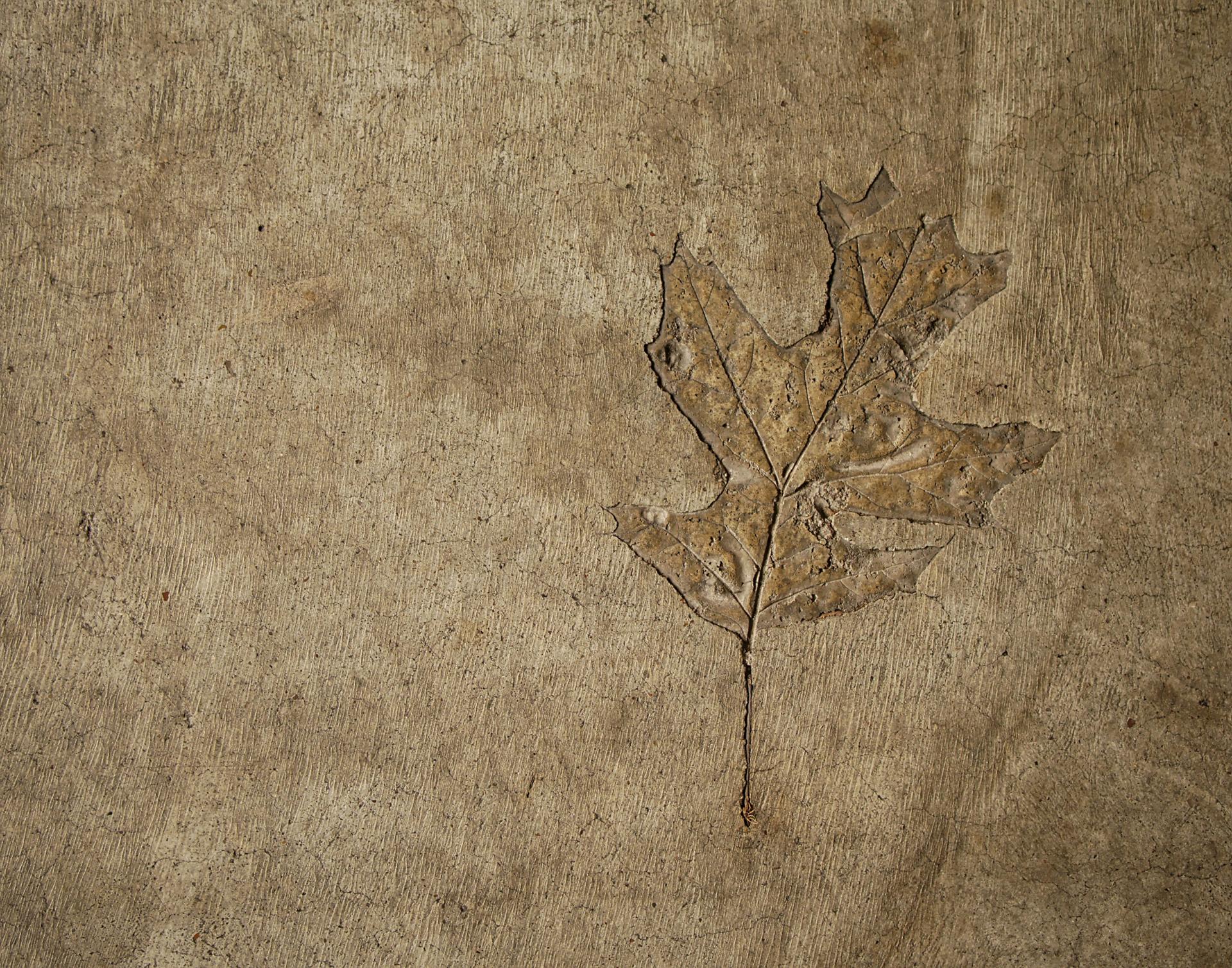You are here
Be A Better Gardener: Do Not Just Shrug
Be A Better Gardener: Do Not Just Shrug
By Thomas Christopher
It troubles me deeply to hear about the massive wave of extinctions that scientists predict is coming if we don’t address the current human assault on our natural environment. I am wondering what we gardeners, a group estimated to include over half of American households, and one active in changing and preserving the landscape, can do to preserve the diversity of our natural flora.
One way is to avoid being such a big part of the problem. In the past, our habit of importing non-native plants that went on to overrun local ecosystems played a big role in endangering the survival of many native plants. Most plant imports have proven harmless, but I’ve seen studies asserting that up to 80% of our most destructive invasive plant species arrived in North America via our gardens.
I’ve also become a believer in finding space in our gardens to include locally indigenous native plant species. Besides our traditional goal of delighting the eye, why not turn our domestic landscapes into sanctuaries for biodiversity as well?
Yet when confronted with these problems, far too often I hear the dispiriting response from gardeners: “Nature will heal itself.”
To get an educated reaction to this assertion, I turned to Dr. Dana Royer of Wesleyan University. Dr. Royer is a paleobotanist, which means he studies the history of plants over millions of years by studying their fossils.
What he can discern through this is remarkable. For example, by studying the density of stomata preserved in fossil leaves, he can deduce the state of the atmosphere and climate when the plant was living. Stomata are tiny pores on the undersides of leaves that allow plants to take in carbon dioxide, a gas that is essential to the process by which plants photosynthesize. When the stomata in a plant leave’s fossil are closer together than those of a similar fossil from another era, that indicates the atmosphere was poorer in carbon dioxide. Because carbon dioxide is the principal “greenhouse gas” whose level affects how much solar radiation Earth’s atmosphere can trap and retain, a greater density of stomata also suggests that Earth’s climate was cooler during that plant’s lifetime.
Dr. Royer told me that the mass extinction currently threatening our future would not be the first such event in Earth’s history. Paleobotanists have identified five previous mass extinctions in the fossil record of our global flora. The previous mass extinctions differed from the ones that may be upcoming in the fact that they were the result of natural events such as a giant asteroid striking the earth or a massive outbreak of volcanic activity. By drastically altering Earth’s climate and the chemistry of the oceans, these natural triggers had a severe impact on plant and animal life. For example, judging by the decline in fossil diversity, a mass extinction that occurred about 250 million years ago involved the loss of roughly 90% of all animal species.
What about the plants, I asked. Dr. Royer replied that plants are typically more resilient than animals. Still, he added, in western North America, whose fossil plant record from the period 66 million years ago, the time of the mass extinction that wiped out the dinosaurs (except for birds), it seems that around two-thirds of all plant species in that region also succumbed.
So, in the past, I asked, did Nature heal itself? It did, Dr. Royer replied, but it typically took millions of years for biodiversity, a key indicator of ecosystem strength and richness, to recover. That, he pointed out, is essentially forever on a human time scale. Besides, Nature did not return to anything like the state in which it had existed previously. Each of the mass extinctions jolted Nature onto a new evolutionary track, so that, for example, a world dominated by dinosaurs recovered to become a world more dominated by mammals.
The message is that if humans want to live in a world hospitable to our needs, we need to do all we can to avert the upcoming mass extinction which threatens to become the sixth of its kind. We need to take strong action to reduce greenhouse gas production and worldwide habitat destruction. As for gardeners, it should be our pleasant duty to accommodate native beauty in our landscapes and avoid bringing in more destructive invaders. Don’t just shrug.
To hear the rest of my conversation with Dr. Dana Royer, listen to the Berkshire Botanical Garden’s Growing Greener podcast at www.berkshirebotanical.org.
Be-a-Better-Gardener is a community service of Berkshire Botanical Garden, located in Stockbridge, Mass. Its mission, to provide knowledge of gardening and the environment through a diverse range of classes and programs, informs and inspires thousands of students and visitors each year. Thomas Christopher is a volunteer at Berkshire Botanical Garden and is the author or co-author of more than a dozen books, including Nature into Art and The Gardens of Wave Hill (Timber Press, 2019). He is the 2021 Garden Club of America's National Medalist for Literature, a distinction reserved to recognize those who have left a profound and lasting impact on issues that are most important to the GCA. Christopher’s companion broadcast to this column, Growing Greener, streams on WESUFM.org, Pacifica Radio and NPR and is available at berkshirebotanical.org/growinggreener.
Help Our Garden Grow!
Your donation helps us to educate and inspire visitors of all ages on the art and science of gardening and the preservation of our environment.
All Donations are 100 percent tax deductible.


